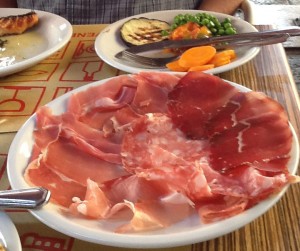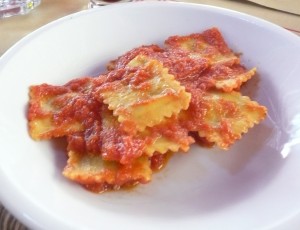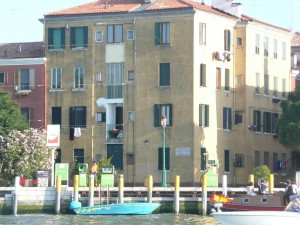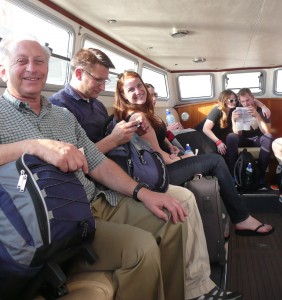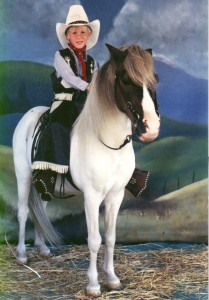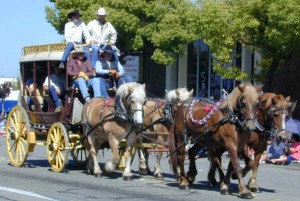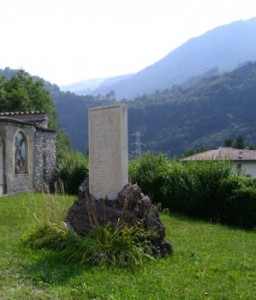Everything about food in Italy is a work of art. Some of the masterpieces
1st Evening in Venice
Views from the water taxi
The Adventure Begins
A Fun Place
Nonno with his girls
Happy Birthday Jeffrey
Rodeo Bob
Mabel’s Poppy Seed Rolls
Mabel’s kitchen had the best smells especially on bread and roll baking day. Her poppy seed rolls were the best (with real butter) and we had them each day at 10, 3, and just before bed.
RECIPE:
Ingredients: 2 cups milk, scalded 3 tablespoons sugar 1/4 cup butter 1 teaspoon salt 1 envelope or cake of yeast 1/3 cup lukewarm water 2 beaten eggs 5 cups all-purpose flour
Instructions: Combine milk, sugar, butter, and salt and stir cool to lukewarm. Soften yeast in lukewarm water and add to milk mixture. Beat in the eggs and add flour gradually. Turn out on a lightly floured board and knead until smooth and not sticky.
Place dough in a buttered bowl, brush with melted butter and cover with a towel. Let rise in a warm place two hours or until double in bulk. Punch dough and roll out with a rolling pin into 1/4-inch-thick 8-inch circles. Brush dough with melted butter. Sprinkle with a mixture of sugar and cinnamon (9 parts sugar to 1 part cinnamon) Cut into pie-shape wedges. Roll from wide end. Place on greased baking sheet. Brush with melted butter and sprinkle poppy seeds on top. Cover with a towel and let rise again, 15 or 25 minutes. Bake at 425 degrees for 15 to 20 minutes.
Best if eaten with real butter three times a day.
A Story of Bravery
A Story of Bravery~The Story of Leopolde and His Companions
The story begins in the valley above Introbio, carved out by the raging Troggio river. Upwards, beyond the mountain tops, lies the Biandino Valley. This is where the resistance was based. This is the ancient road of Bitto, a strategic position that leads into the Troggio Valley. It was here, at dawn, on October 11, 1944, that Guerino Besana was wounded in a trap set by the nazi-facists. He manages to free himself and laboriously starts to make his way back up the mountain to warn his companions of the imminent danger.
Bessana travels this rocky road, determined to warn his companions. At five in the evening it is here not far from the valley that Bessana’s companions find him dying. There is a cave to the side of the road. Carletto Bessano does not want to leave his brother. He drags him into the cave and stays at his side until he dies. As he masks the entrance to the cave, he is surprised by the nazi-facists, is captured, imprisoned and shot the next day.
As we proceed higher up in the valley of Troggia, at the mouth of the Biandino, is this stone and aluminum monument commemorating the resistance fighters. It reads: Company Garibaldi “Rosselli 55”
The Val Biandino opens upwards to the Troggia Valley. For hundreds of years during peaceful times this was the summer place to pasture animals for the people of Introbio.

